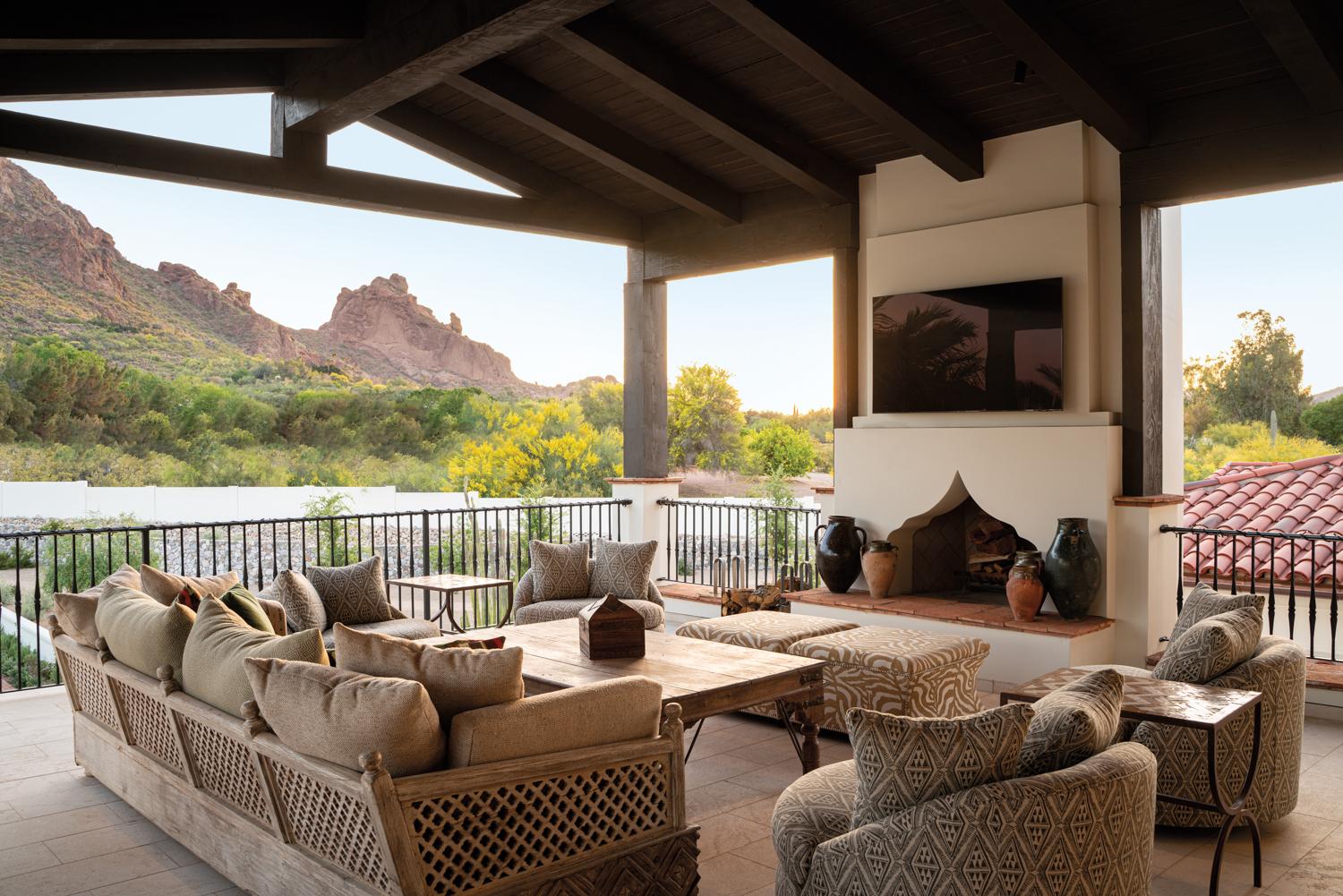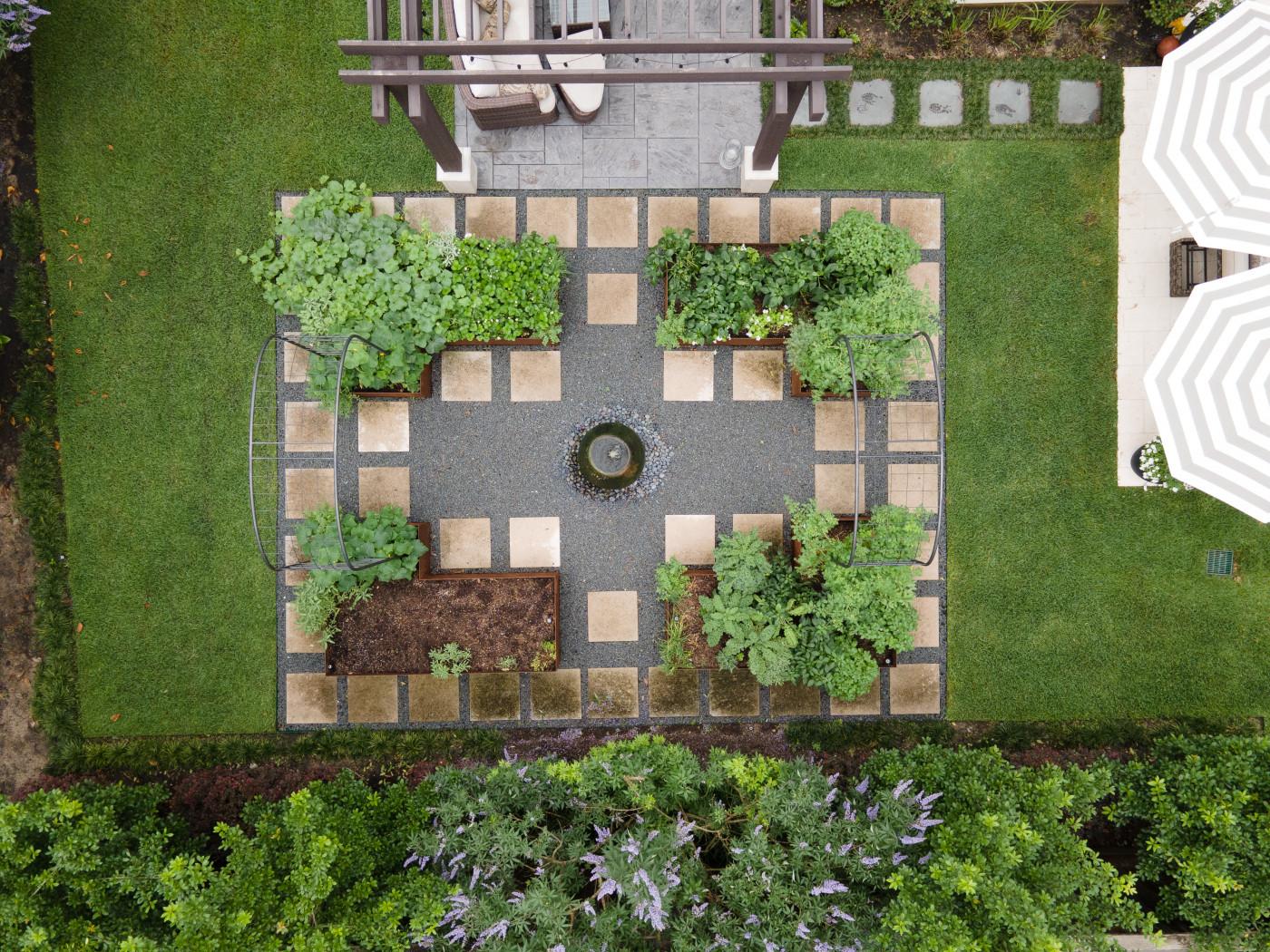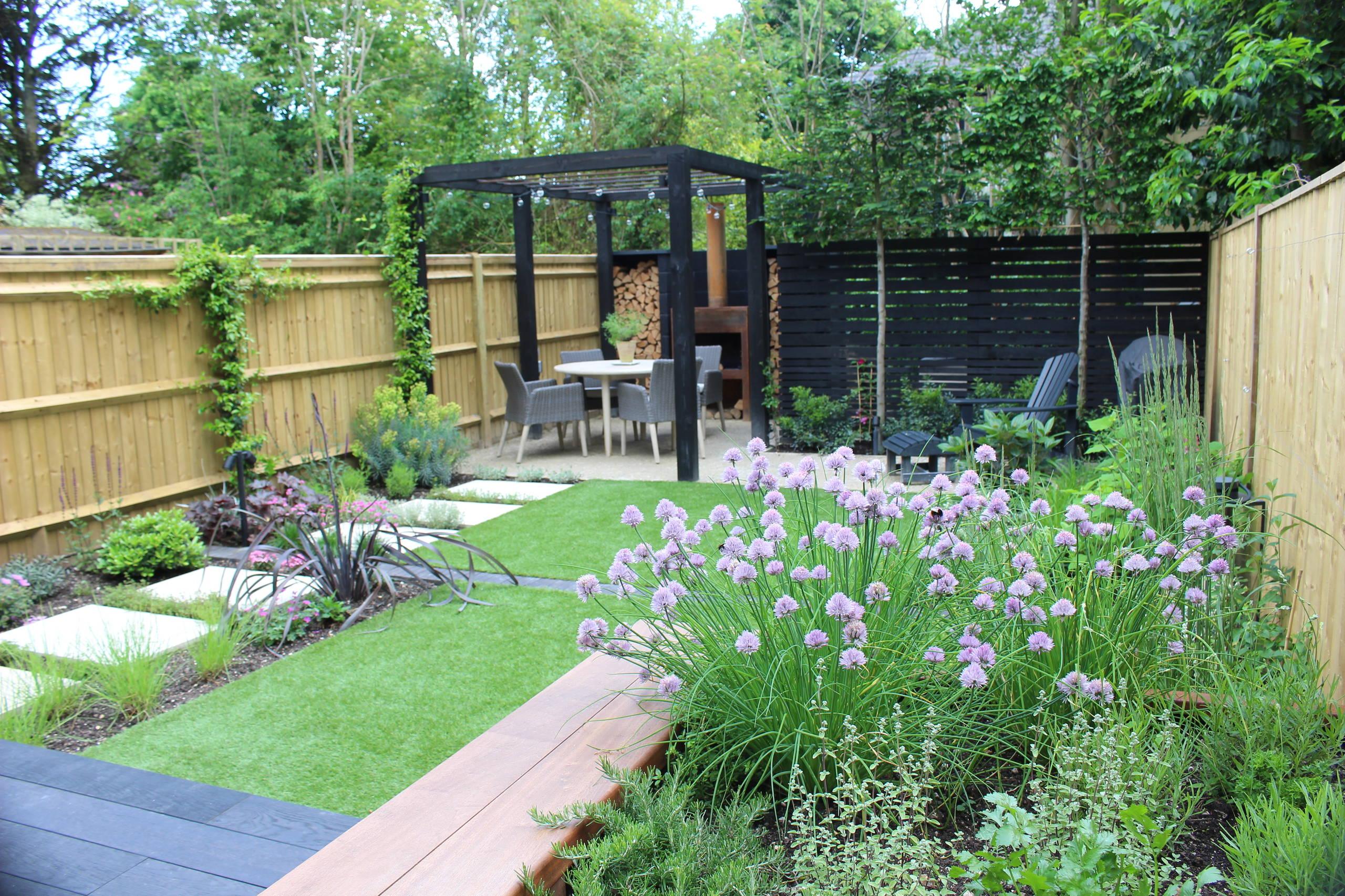Creating an outdoor space that fosters tranquility and well-being involves careful consideration of design principles. At FORBES LANDSCAPE & GARDENING SERVICE LTD, we recognize that the right approach can profoundly transform your garden into a personal sanctuary. Here are several effective design methodologies:
- Minimalist Zen Garden: This approach emphasizes simplicity, clean lines, and natural elements like stone, gravel, and carefully pruned plants. It aims to create a tranquil, contemplative space through deliberate emptiness and harmonious balance, fostering a sense of peace.
- Lush Biophilic Retreat: Focusing on abundant, diverse planting and natural water features, this method seeks to immerse occupants in nature. It integrates sensory experiences—the sound of flowing water, the scent of blossoms, the touch of foliage—to connect individuals deeply with the outdoor environment.
- Structured Outdoor Living Room: This design extends indoor comfort to the exterior, creating defined zones for relaxation, dining, and social interaction. It often incorporates comfortable furnishings, pergolas, and thoughtful lighting to craft a highly functional and inviting extension of the home.
Key Evaluation Criteria for Outdoor Designs
When assessing different outdoor design strategies, several critical factors should guide your decision-making process. These criteria help ensure the chosen approach aligns with your lifestyle and aspirations for the space:
- Maintenance Demands: Evaluate the ongoing effort required for upkeep, including watering, pruning, and cleaning, to match your available time and resources.
- Spatial Flexibility: Consider how effectively the design adapts to various plot sizes and shapes, ensuring optimal utilization of your available outdoor area.
- Sensory Impact: Assess the visual aesthetics, auditory elements (e.g., water sounds), and tactile experiences the design offers to enhance overall well-being.
- Resource Outlay: Understand the initial financial commitment and potential long-term expenses associated with materials, installation, and ongoing care.
Comparative Analysis of Outdoor Design Approaches
The Minimalist Zen Garden excels in creating a profound sense of calm with relatively low maintenance demands once established. Its focus on gravel, strategically placed rocks, and drought-tolerant plants means less watering and pruning compared to lush gardens. However, maintaining its pristine, uncluttered aesthetic requires regular weeding and raking. Spatially, it is highly flexible, adapting well to both small urban courtyards and larger, expansive areas, where its simplicity can truly shine. The sensory impact is primarily visual and contemplative, offering a quiet, reflective experience.
Conversely, the Lush Biophilic Retreat offers a rich sensory experience, engaging sight, sound, and smell through diverse plant life and water features. This approach naturally demands a higher level of maintenance, involving regular watering, pruning, and pest management to sustain its vibrant ecosystem. Its spatial flexibility can be high, as it can be scaled from a small, dense corner to an expansive, multi-zoned garden. The resource outlay can vary significantly depending on the plant choices and the complexity of water features, potentially requiring a greater initial investment for mature plantings.
The Structured Outdoor Living Room prioritizes comfort and functionality, effectively extending indoor spaces outdoors. Its maintenance demands are moderate, focusing on keeping furnishings clean and potentially caring for potted plants or small garden beds. This design is exceptionally adaptable to various spaces, from compact balconies to spacious patios, by defining distinct zones. Its sensory impact is geared towards comfort and social interaction, with ambient lighting, comfortable textures, and perhaps an outdoor fireplace enhancing the experience. Resource outlay is influenced by the quality of furnishings, hardscaping, and any integrated technology.
When considering Maintenance Demands, the Minimalist Zen Garden generally presents the lowest ongoing effort, followed by the Structured Outdoor Living Room, which requires upkeep of furnishings and defined areas. The Lush Biophilic Retreat typically demands the most intensive care due to its reliance on living, diverse plant systems. Clients seeking a low-fuss, high-impact design might lean towards the Zen approach, while those who enjoy gardening will appreciate the Biophilic option.
Regarding Spatial Flexibility, all three approaches demonstrate strong adaptability, though in different ways. The Zen garden's simplicity allows it to be scaled easily. The Biophilic Retreat can create dense, immersive pockets in any size space. The Structured Outdoor Living Room defines zones effectively, making even small areas feel purposeful. FORBES LANDSCAPE & GARDENING SERVICE LTD can tailor any of these concepts to fit unique spatial constraints, ensuring optimal use of every square meter.
Finally, for Resource Outlay, the initial investment can vary widely across all methods. A basic Zen garden might have a lower entry point, while a highly detailed one with specific rock formations could be substantial. Biophilic retreats can range from modest planting schemes to extensive, complex ecosystems. Structured outdoor rooms depend heavily on the quality and quantity of hardscaping, furniture, and integrated amenities. Each approach offers a spectrum of options to align with various budget considerations, providing significant long-term value through enhanced outdoor living.
Recommendations for Choosing Your Outdoor Design
For individuals seeking a tranquil, low-maintenance sanctuary, the Minimalist Zen Garden is an excellent choice. Its emphasis on clean lines and natural elements promotes reflection and calm without demanding extensive upkeep. This approach is ideal for busy professionals or those who desire a serene visual escape with minimal hands-on gardening, creating a consistently peaceful environment that endures through seasons.
If your vision involves deep immersion in nature and a rich sensory experience, the Lush Biophilic Retreat is highly recommended. This method suits those who enjoy active gardening and appreciate the vibrant life and dynamic changes of a flourishing ecosystem. It’s perfect for creating a personal oasis where the sounds of water, the scent of flowers, and the rustle of leaves provide a continuous connection to the natural world.
For those who view their outdoor area as an extension of their home, designed for comfort, entertaining, and defined activities, the Structured Outdoor Living Room is the optimal solution. This design allows for seamless transition between indoor and outdoor living, providing functional zones for dining, lounging, and socializing. It's particularly well-suited for families or individuals who frequently host guests and desire a highly usable, comfortable exterior space.
Ultimately, the best approach depends on your personal preferences, lifestyle, and the specific characteristics of your outdoor space. Consider how you envision using the area, your willingness to engage in maintenance, and your desired aesthetic. Our team at FORBES LANDSCAPE & GARDENING SERVICE LTD is ready to discuss these options and help you craft an outdoor design that truly transforms your living experience.



Comments